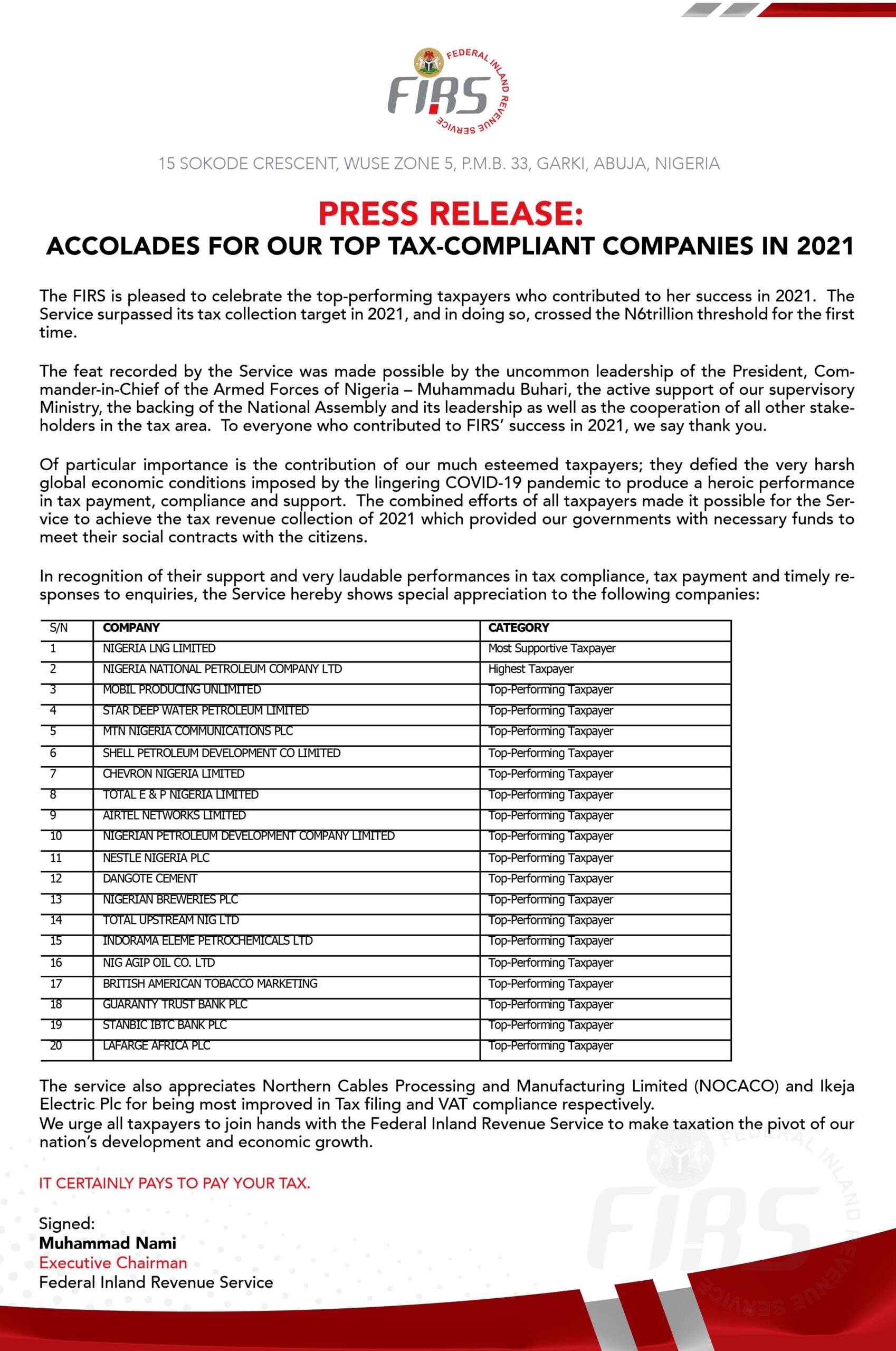Lagdo Dam in Cameroon to release water from Tuesday upwards – DG NIHSA
|
Getting your Trinity Audio player ready...
|
DG/CEO NIHSA, Architect Umar Ibrahim Mohammed
By Ibraheem Hamza Muhammad, Abuja
Architect Umar Ibrahim Mohammed, Director General and Chief Executive Officer of Nigeria Hydrological Agency, (NIHSA) has disclosed that authorities in Cameroon have informed his office of plan to release water from Tuesday, 17, September.
He told our correspondent in Abuja that, “The general public should be Kindly be informed that the Authority of Lagdo Dam in Cameroon have informed NIHSA that the dam management will begin regulated water releases at the rate of 100m³/s (8,640,000m³/day) today 17th September, 2024.
“The water release is expected to increase gradually to 1000m³/s in the next 7 days depending on the inflow from the upstream Garoua River which is the main feeder into the reservoir and a major contributor to the Benue River,” he said.
Architect Mohammed disclosed that the Dam Managers further stated that the planned water releases will
be gradual so as not to exceed the conveyance capacity of the Benue River system and cause major flooding downstream Nigeria.
He said that the spilling of waters from the Lagdo dam is expected to stop as soon as there is a noticeable decrease in flow into the reservoir.
According to him, NIHSA hereby wishes to state that there is no cause for alarm as major flooding is not expected downstream Nigeria as the flow levels along the River Benue are still within the warning levels. Notwithstanding, it is highly imperative to step up vigilance and deploy adequate preparedness measures to reduce possible impacts of flooding on the vulnerable communities and citizens that may occur as a result of an increase in flow levels of our major rivers at this period. Notably, humanitarian efforts
should be deployed to the riverine communities in Adamawa State.
The DG/CEO of NIHSA said that his agency will continue to monitor closely the flow situation of the transboundary River Benue and the national inland rivers steadily provide regular updates on water levels across major rivers to forestall further flood disasters.



Comments are closed, but trackbacks and pingbacks are open.